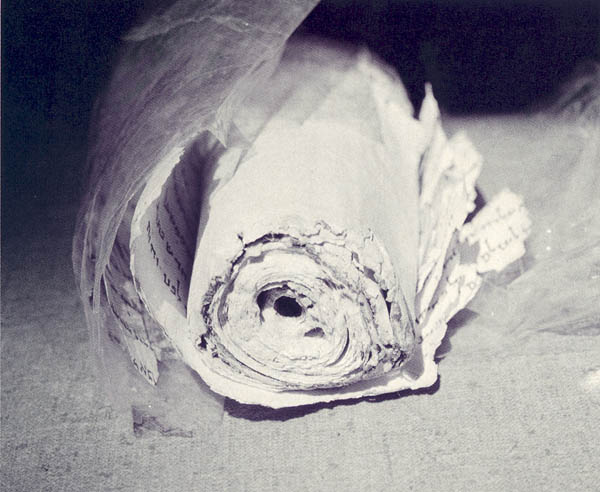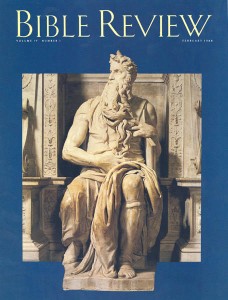
When the first Dead Sea Scrolls came to light in 1947, putting their pieces together wasn’t really a problem. Indeed, one scroll, from what is now known as Qumran Cave 1, is almost complete. There was nothing to put together. That was the famous Isaiah Scroll, known to scholars as 1QIsa. The siglum stands for Qumran Cave 1, Isaiah Scroll; the superscript “a” distinguishes this Isaiah scroll from another one found in the same cave, known as 1QIsb.
Some other scrolls from Cave 1—as much as survived—are mainly in one large piece, so there is little to put together. That is true of such scrolls as the Habakkuk commentary, the scroll of the War of the Sons of light and Sons of Darkness and the Manual of Discipline. Only two of the larger Dead Sea Scrolls from Cave 1 were partly broken into pieces and had to be restored, although, in addition to these larger scrolls, many fragments were also found in Qumran’s Cave 1. Approximately 75 fragmentary scrolls have now been identified from Cave 1.
Gradually, as a result of searches by both professional archaeologists and Bedouin tribesmen, scrolls and fragments of scrolls have also been found in ten other Qumran caves, designated 2Q through 11Q. In addition, scroll materials were found in excavations and in caves in other wadisa leading down to the Dead Sea— Masada, Nahal Hever, Wadi Murabba‘at, Nahal Se’elim and
Already a library member? Log in here.
Institution user? Log in with your IP address.

